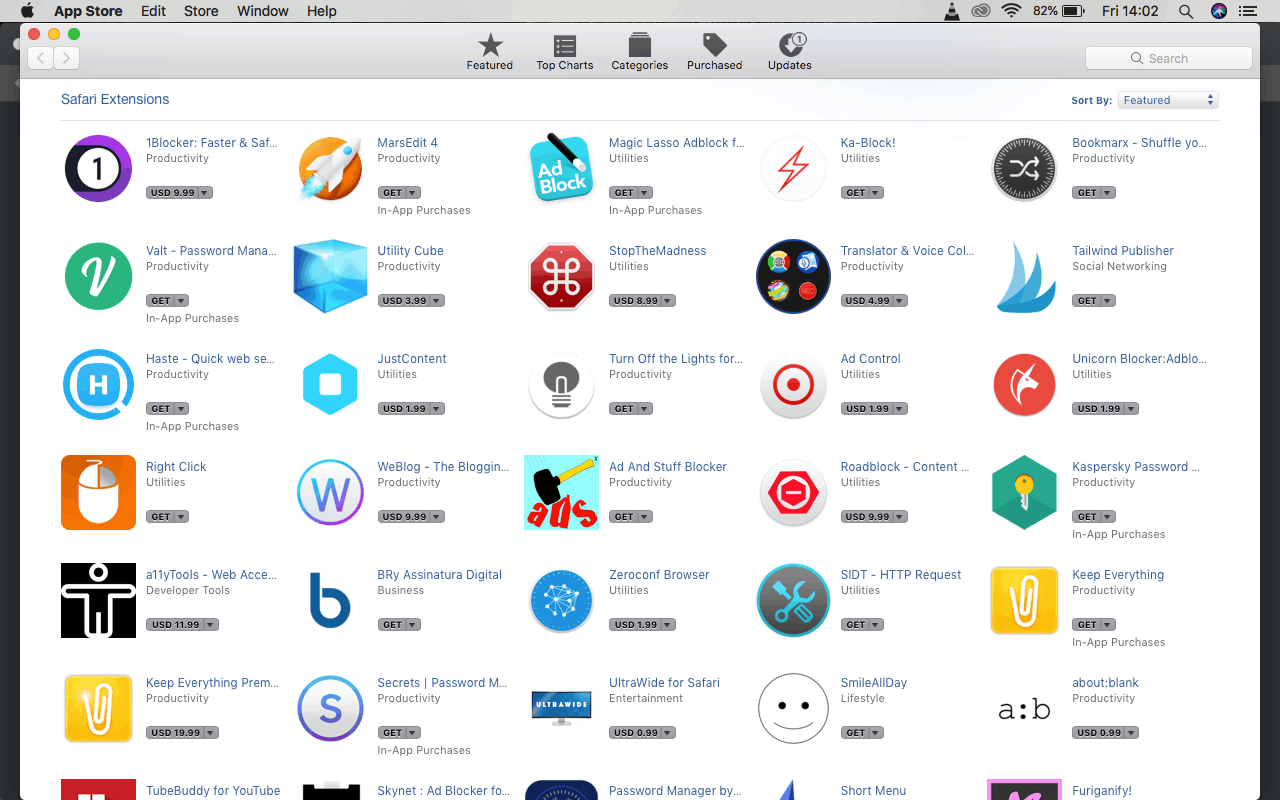

- GOOGLE CHROME VS SAFARI MAC OS X MAC OS X
- GOOGLE CHROME VS SAFARI MAC OS X FOR ANDROID
- GOOGLE CHROME VS SAFARI MAC OS X ANDROID
GOOGLE CHROME VS SAFARI MAC OS X ANDROID
Mozilla/5.0 (Linux Android 5.1.1 Nexus 5 Build/LMY48B wv) In the newer versions of WebView, you can differentiate the WebView by looking for the wv field as highlighted below.

The main distinction is the special features that Google adds to Chrome, such as the capability to login to the Google account at the browser level. Chromium is open-source, while Google Chrome is a proprietary software. Don't rely on the specific Chrome version number (for example, 30.0.0.0) as the version numbers changes with each release. Chrome and Chromium are built on the same framework. If you're attempting to differentiate between the WebView and Chrome for Android, you should look for the presence of the Version/_X.X_ string in the WebView user-agent string. WebView UA in KitKat to Lollipop Mozilla/5.0 (Linux Android 4.4 Nexus 5 Build/_BuildID_) Old WebView UA: Mozilla/5.0 (Linux U Android 4.1.1 en-gb Build/KLP) The Android 4.4 (KitKat) Chromium-based WebView adds Chrome/_version_ to the user agent string.
GOOGLE CHROME VS SAFARI MAC OS X MAC OS X
Starting from Chrome 85, when the Request Desktop Site feature is enabled, the UA is the same as the Desktop Safari UA with CriOS/ being added: Mozilla/5.0 (Macintosh Intel Mac OS X 10_13_5)ĪppleWebKit/605.1.15 (KHTML, like Gecko) CriOS/85 Up to Chrome 84, when the Request Desktop Site feature is enabled, the Desktop Safari UA is sent: Mozilla/5.0 (Macintosh Intel Mac OS X 10_10_4)

Here's an example of the Chrome UA on iPhone: Mozilla/5.0 (iPhone CPU iPhone OS 10_3 like Mac OS X)ĪppleWebKit/602.1.50 (KHTML, like Gecko) CriOS/.75įor comparison, the Mobile Safari UA: Mozilla/5.0 (iPhone CPU iPhone OS 10_3 like Mac OS X) The UA in Chrome for iOS is the same as the Mobile Safari user agent, with CriOS/ instead of Version/.
GOOGLE CHROME VS SAFARI MAC OS X FOR ANDROID
# Chrome for AndroidĬhrome for Android reports its UA in the following formats, depending on whether the device is a phone or a tablet. It's also available in the client through JavaScript using the erAgent call. Like all other browsers, Chrome for Android sends this information in the User-Agent HTTP header every time it makes a request to any site. When feature detection APIs are not available, use the UA to customize behavior or content to specific browser versions. With Privacy Sandbox, an origin trial is in progress for reduced User-Agent strings, designed to remove sensitive information which may be used for fingerprinting.Ī browser's User-Agent string (UA) helps identify which browser is being used, what version, and on which operating system.


 0 kommentar(er)
0 kommentar(er)
